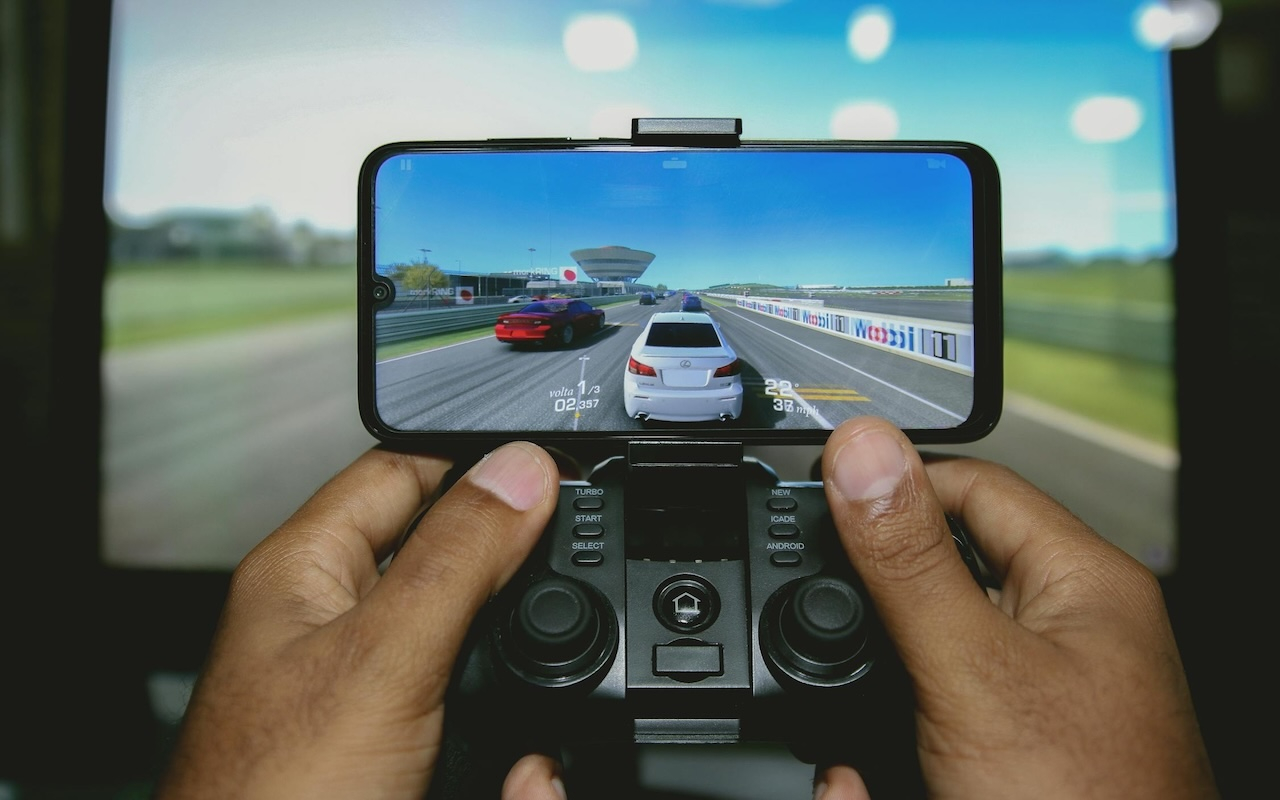What are the five key elements of game aesthetics?

Game aesthetics are arguably the most important part of the design and development process, as these visual and audio characteristics are the first thing players experience when trying something new. First impressions count, and this is particularly true for gaming enthusiasts. A bad-looking or glitchy game is unlikely to hold players’ imagination for very long, quickly ending up as a lost digital relic.
On the flipside, a beautifully inviting and well-designed game such as Red Dead Redemption 2 can blow people away completely. The mix of beautiful natural scenery, tactile feedback, realistic sounds and a huge map make this Rockstar Games title an immersive dreamscape for players – no wonder it has become so popular.
But this is just one example. Gaming aesthetics are incredibly important for various other genres, especially in the modern iGaming industry. Online developers are particularly competitive, vying to see who can create the most crystal-clear and colourful games. These titles also offer inventive and pioneering game mechanics, exemplifying how game aesthetics aren’t simply about the visuals.
Developers must also consider several other factors to create a holistic universe for their games to exist within. What good are perfectly clear and immersive graphics without sound effects to complement them? Additional factors that developers must consider include device optimisation, game mechanics and user interface.
We’ll go into further detail regarding the five key elements of game aesthetics throughout this article. Keep reading for a deep dive.
Graphics
Graphics is naturally one of the most important elements for game aesthetics. While technological constraints hampered game designers in the past, the new wave of processors and graphics cards have made almost anything possible. The best new games have graphics so clear and lifelike you can easily be fooled into thinking it’s true reality. Add in the presence of commercially available VR headsets like Oculus Rift, and this realism becomes even more apparent.
User interface design
Gaming user interfaces can often be forgotten about when it comes to key gaming aesthetic elements, but they’re just as important as the main graphics and animations. A game can look as good as you want, but this means nothing without an intuitive and aesthetically pleasing UX. The Assassin’s Creed games are great examples, with Ubisoft devising pioneering gaming controls and visuals to help during the complex and highly dynamic fighting scenes.
User interface design is also hugely important for other types of games where players must be able to easily figure out how the gameplay works. Top software developers know exactly how to integrate menus and key buttons with the overall gaming theme. Just look at Gonzo’s Quest, the NetEnt smash hit that stays true to the jungle adventure theme all the way down to the help menu.
Game mechanics
Game mechanics also form a key aesthetic element during various types of games. These include combat systems, movement mechanics, puzzle solving, reel mechanics and much more. Basically, anything constituting the underlying architecture of a game can be classed as the mechanics, and while this may not have much to do with aesthetics at first glance, it can significantly change the overall look and feel of a game.
For example, a fast-paced and chaotic combat system can create a sense of excitement and energy, while a more deliberate and strategic gameplay style can create a more contemplative and tactical atmosphere. Just consider the difference between a game like Call of Duty and the Total War series.
In the context of online games, mechanics can significantly alter the aesthetics. For example, the Megaways games have busy reels and interfaces due to the 117,649 ways to win variable reels system. Elsewhere, developers are constantly trying to make bonus rounds and special features more exciting. There’s nothing like claiming a bonus offer and getting the aesthetic excitement of a finely crafted special feature – a key selling point for the best iGaming options available.
Device optimisation
Device optimisation plays a huge part in game aesthetics. Without this, all the hard work of game designers can go down the drain. Imagine spending all that time and effort on putting together beautiful graphics, a smooth gaming engine and top-spec user interface design, only for the game to run poorly on a smartphone or next-gen console. It would be heartbreaking, and this is why device optimisation plays such an important role.
Game designers must pay attention to aspects such as ensuring that HTML5 apps perform better, as this can make a huge difference to the overall aesthetic experience. Mobile games must be tailored to the smaller screen dimensions and have the processing power to respond to multiple touch screen presses in a short period of time.
Sound and music
Game aesthetics are never complete without careful attention to sounds and music. Game designers can create far more immersive environments by complementing the visuals and gameplay with corresponding sound effects. For example, a racing game can be made all the more exciting with realistic engine sounds and tires screeching.
Elsewhere, spooky thriller games are that bit scarier with an ominous soundtrack – yet another reason why sounds and music form a key part of gaming aesthetics.
The editorial unit























Facebook
Twitter
Instagram
YouTube
RSS